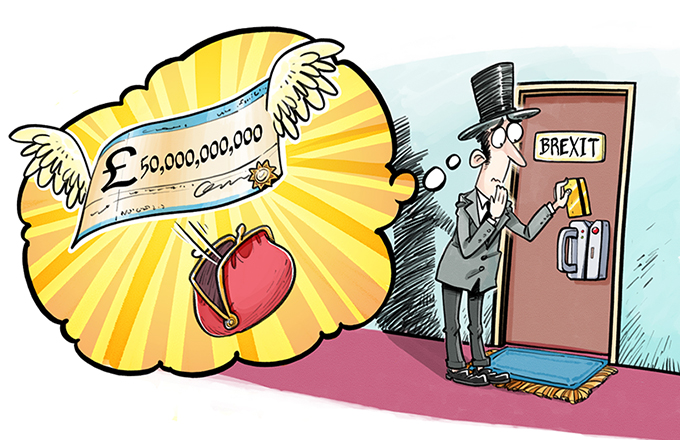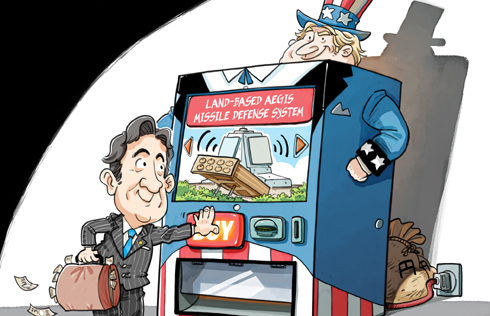A ladder pricing is needed to climb out of water scarcity
A lack of fresh water resources has always been a headache for Beijing but the problem is being compounded by the city's rising consumption of water. A Beijing News editorial proposes adopting water prices based on a ladder system (in which prices increase according to amount of water consumed) to replace the current single-price system to encourage residents to save water (excerpts below):
A country, according to United Nations standards, is suffering from "extreme water shortage" if only 500 cubic meters of water is available per person. Do you know how much water every resident in Beijing has on average? About 100 cubic meters. Recent reports show that from 1999 to 2011, Beijing had only 2.1 billion cubic meters every year from waterfall. Its population, however, reached 20.6 million at the beginning of this year and its urban consumption of water reached a historical high of 2.9 million cubic meters daily on July 30.
The situation will only be worse if the trend continues. Now Beijing relies heavily on importing water from southern provinces to satisfy its astonishing needs. Water is essential to life and we cannot wait for the day when Beijing does not have enough water for its huge population.
It is extremely urgent to encourage people to form the habit of saving water. That requires systemic reform. For example, for a long time Beijing used a single price for water consumption, which means that those who consume more do not need to pay more. In Guangzhou, Guangdong province, and Shanghai, a ladder price system has already been adopted to discourage rich people from using too much water.
In the National People's Congress this March, the idea of a ladder pricing system for water was discussed. We hope more people realize the importance of saving water.



















